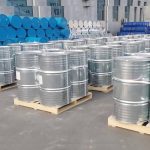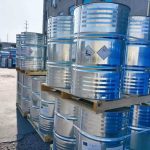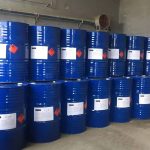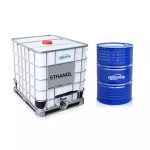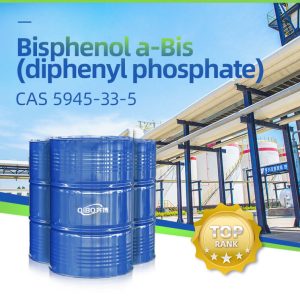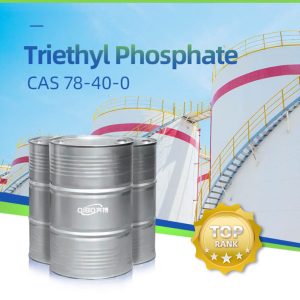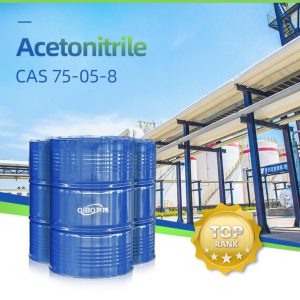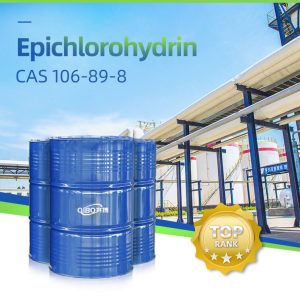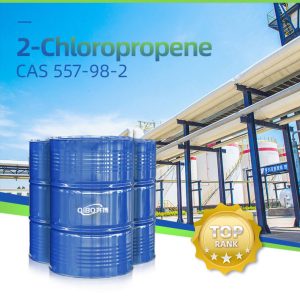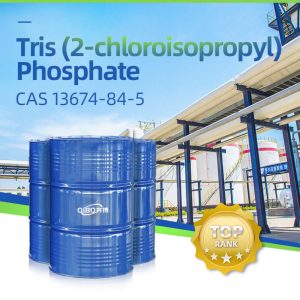
PROUDCTS
Home » PRODUCT » Flame retardant » Triethyl Phosphate
Product introduction
| CAS NO. | 78-40-0 | Formula | C6H15O4P |
| EINECS NO. | 201-114-5 | Molecular weight | 182.15 |
| Melting point | -56.5 ℃ | HS CODE | 2919900090 |
| Boiling point | 215 ℃ | Abbreviation | TEP |
| Density | 1.06817g/mL,20/4℃ | Specification | 220kg/drum; 1100kg/IBC |
| Appearance | Colorless transparent liquid | Refractive index | 1.4948(25ºC) |
| Flash point | 117 ℃(CC) | Solubility | It is soluble in organic solvents such as alcohol and ether, and is miscible with water in any proportion. |
Triethyl phosphate is used in a wide range of applications, such as as an auxiliary in textiles and paper products, as a plasticizer in plastics and coatings, as a non-reactive flame retardant, as a hardener and accelerator, as a lubricant and as a flotation agent. , defoamer, emulsifier, stabilizer or extraction agent.
chemical properties
Triethyl phosphate appears as a colorless and transparent liquid. Easily soluble in ethanol, soluble in organic solvents such as ether and benzene, and also soluble in water.
The main purpose
Triethyl phosphate is a high boiling point solvent and a plasticizer for rubber and plastics. Also a catalyst. It is also used as a raw material for preparing pesticides and insecticides. and as an ethylation reagent for ketene production. In Japan, 70% of this product is used as catalyst and about 20% is used as solvent.
(1) Catalyst: xylene isomer catalyst; olefin polymerization catalyst; catalyst for manufacturing tetraethyl lead; catalyst for manufacturing carbodiimide; catalyst for replacement reaction of trialkyl boron and olefin; high-temperature dehydration of acetic acid to produce ethylene Catalyst for ketones; catalyst for the polymerization of styrene and conjugated diene compounds; if used in the polymerization of terephthalic acid and ethylene glycol, it can prevent fiber discoloration.
(2) Solvents: solvents for cellulose nitrate and cellulose acetate; solvents used to maintain the life of organic peroxide catalysts; solvents for dispersing fluorinated ethylene; peroxides used as curing catalysts for polyester resins and epoxy resins agents and thinners.
(3) Stabilizers: chlorine-based pesticides and stabilizers; stabilizers for phenolic resins; solid agents for sugar alcohol resins.
(4) Synthetic resins: curing agent for xylenol-formaldehyde resin; softening agent for phenolic resin used in shell molds; softening agent for vinyl chloride; plasticizer for vinyl acetate polymer; flame retardant for polyester resin agent.
(5) Triethyl phosphate (flame retardant TEP) is a high boiling point solvent, a plasticizer for rubber and plastics, and is also used as a raw material for the preparation of pesticides and insecticides, as an ethylation reagent and for the production of ketene. In Japan, 70% of this product is used as catalyst.




